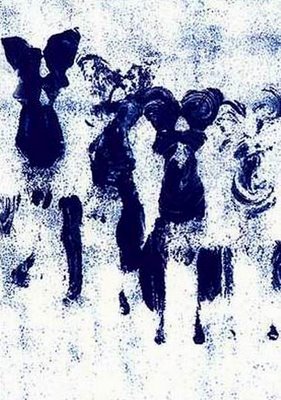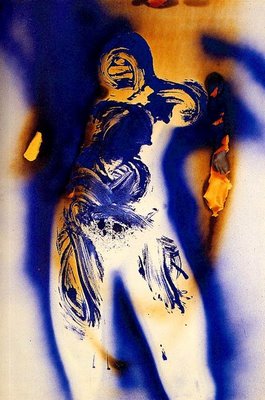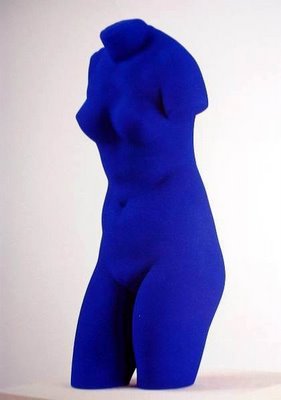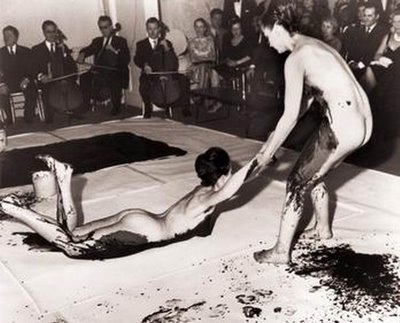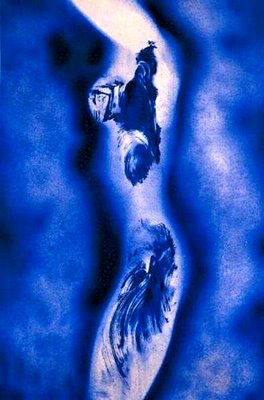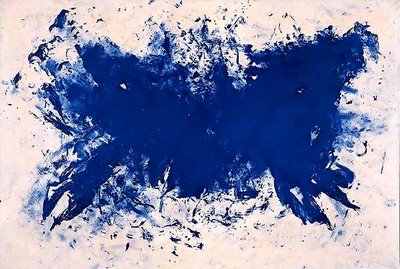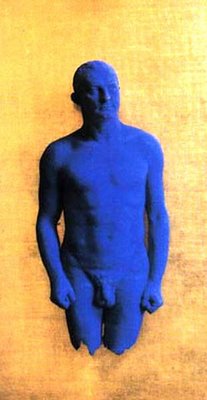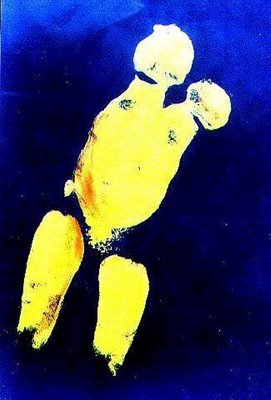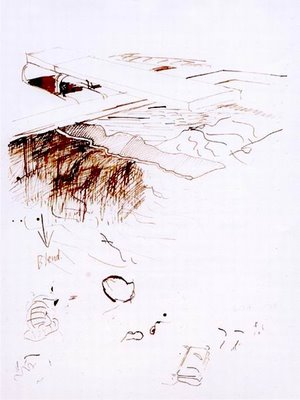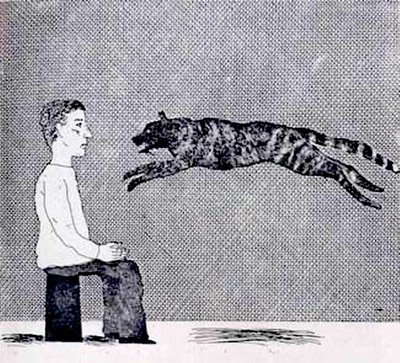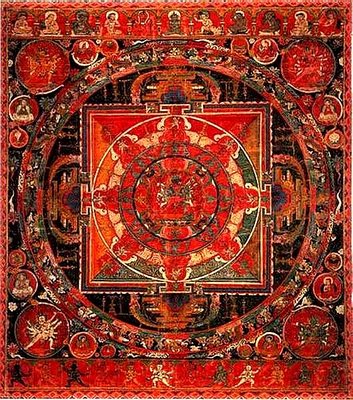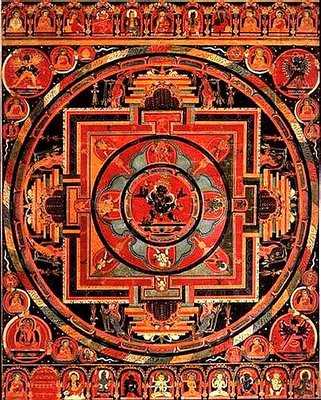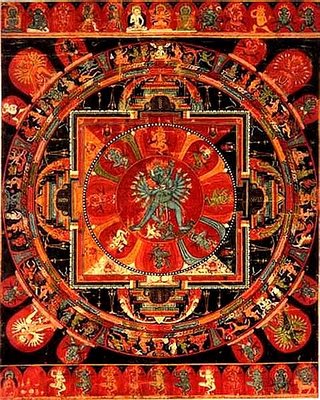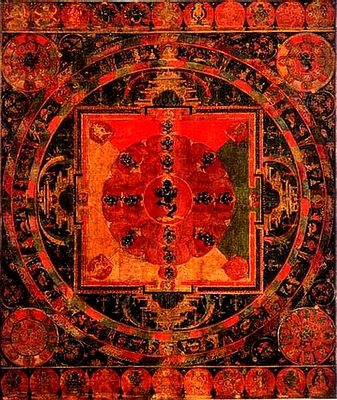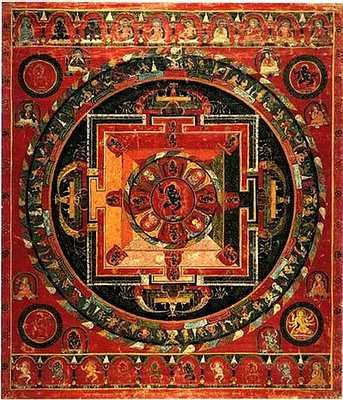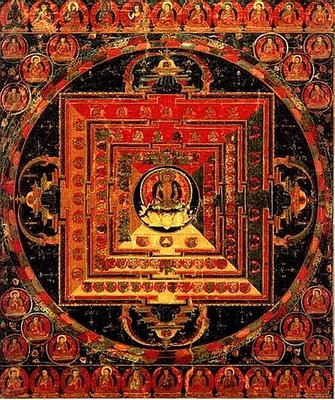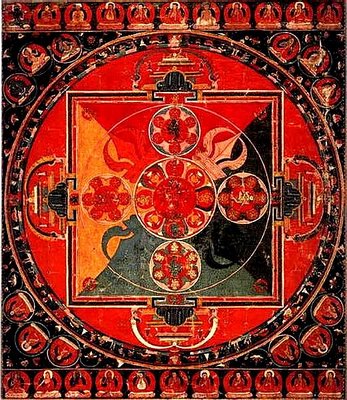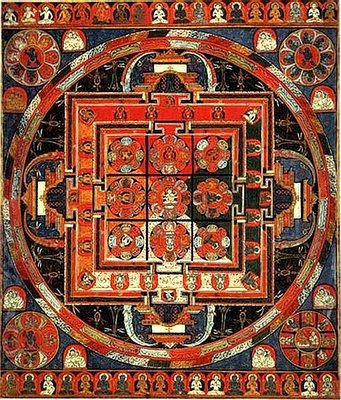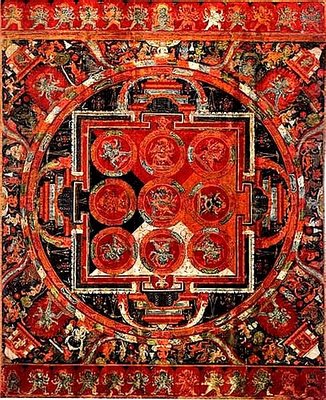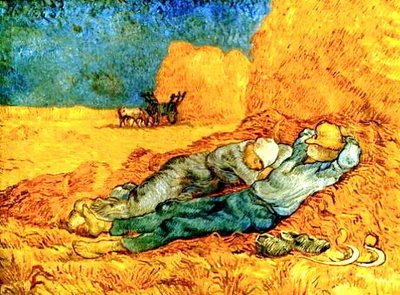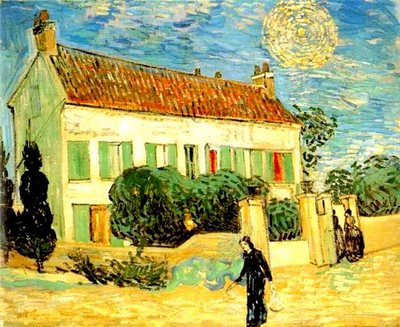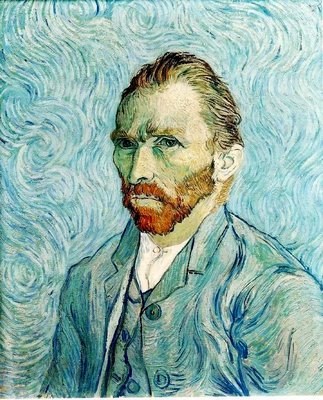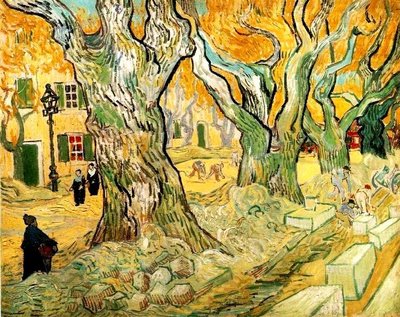THE ART SCENE IN NICE [Aug 06]
Artlover328

According to a recent article in Artprice in 2006; all you budding artists should know the following:-
"If you were to look for the geographical heart of French art, you would naturally turn to Paris, the country's artistic capital. But the south of France, particularly the area around Nice, has also been a fertile cradle of artistic creation. Masters such as Pablo PICASSO, Henri MATISSE, Fernand LÉGER and Joan MIRO were all seduced by the côte d'Azur and left major works in the region. Following in their footsteps came Yves KLEIN, ARMAN, Martial RAYSSE, then BEN, Bernar VENET, CÉSAR, Claude VIALLAT, Noël DOLLA and others spawning the great movements of French contemporary art : Fluxus, Supports/Surfaces, and the New Realism.
Nice and its surroundings attracted an eclectic collection of artistic personalities in the twentieth century and the resulting creative diversity was recognised in 1977 with the inaugural exhibition at the Georges Pompidou Centre in Paris, called A propos de Nice. The heterogeneous range of artists that worked in the region were quickly lumped together as the Nice School. This term now embraces New Realists such as Yves Klein, Arman, César and Martial Raysse, along with artists belonging to the Supports/Surfaces group such as Noël Dolla and Claude Viallat, Claude GILLI, with his shellfish paintings, Jean MAS, with his "fly cages" and others. Of these, Klein is the only one to have sold for more than million at auction. His record price was for RE 1, which went for USD 6.1 million in November 2000 (EUR 7,077,766, Christie's NY). The rest of the Nice School are a lot more affordable. Most of the works of Robert MALAVAL and Ben, for instance, go for less than EUR 10,000 at auction. Malaval's recent EUR 31,000 record price, for Travelot, a 1977 painting in acrylics and sequins (at Perrin-Royère-Lajeunesse Versailles) has so far triggered no general rise in prices. Two of his paintings sold on 1 July were estimated at less than EUR 1,000 each at Wetterwald-Rannou-Cassegrain, Nice. Malaval is less well-known than Ben to the general public but is also less often seen on the auction stands and the Travelot hammer price was twice Ben's record, set in 1997 for C'est la mode, trop c'est trop, pourvu que ça dure! (GBP 11,000, EUR 16,457 at Christie's South-Kensington in London).
A good number of artists suffer from a lack of visibility at auction: some have had fewer than 10 works come up in 20 years. This is the case for Guy ROTTIER, SERGE III, Louis CHACALLIS, Max CHARVOLEN, Jean MAS and Pierre PINONCELLI. These artists remain private, and the rarity of works for sale has failed to prompt any speculative interest. Pinoncelli has the highest media profile, as a bad boy of contemporary art and the demolisher of Marcel DUCHAMP's Fontaine (in 1993, he urinated into a replica of the famous urinal before attacking it with a hammer). His quirky actions have placed Pinoncelli out on the margins of the art market. The three paintings from the sixties of his that have been sold since 2001 have averaged EUR 1,0000-1,500 a piece.
The sale of Pierre and Marianne Nahon's famous collection at Sotheby's in July 2004, was a big media event and brought a number of collectors to Vence, mainly looking for Nice School artists. Prices were boosted by the reputation of the Nahons. A Sacha SOSNO marble entitled Quelle est la question? went for EUR 10,000 - the artist's best hammer price in 8 years. At the same session, Jean-Claude FARHI and Bernard PAGES also notched up some good sales: Pagès' Chapiteau bleu went for a record EUR 16,000 and an inlaid Plexiglas table by Farhi found a buyer at EUR 21,000, ten times the prices seen at his previous outings."
Check out your favourite web-site to bring yourself up-to-date with the art scene here in the South of France!
www.autour-de-lart.com
